Samsung Galaxy Watch Ultra vs Galaxy Watch 7: Rugged vs stylish
We may earn a commission if you make a purchase from the links on this page.

Intro
The wearable market has been a pretty exciting place in the past couple of years! And one of the culprits has been Samsung. The Galaxy Watch 7 series debuted last year with two models and yet another change in the naming scheme. After Samsung went through the "Classic" and "Pro" monikers, now the time has come to use the "Ultra" branding.
The Galaxy Watch Ultra is the pinnacle of wearable tech, at least when it comes to Samsung smartwatches. But how does it compare to the regular Galaxy Watch 7? What extras are we getting if we decide to opt for the Ultra?
Today we're going to pit those two against each other and help you find out which model is the best one for you. We've tested both watches extensively and we have a final verdict at the end of the article, and it's one that might surprise you!
Today we're going to pit those two against each other and help you find out which model is the best one for you. We've tested both watches extensively and we have a final verdict at the end of the article, and it's one that might surprise you!
Galaxy Watch Ultra vs Galaxy Watch 7: differences
- 47mm size for the Ultra vs 40mm and 44mm size options for the regular Watch 7
- Titanium casing vs aluminum for the vanilla model
- 60.5g for the Ultra vs 33.8g and 28.8g, respectively, for the two Galaxy Watch 7 size options
- 590mAh battery inside the Ultra vs 425mAh/300mAh for the Watch 7
- 10ATM + IP68 vs 5ATM + IP68
- $649.99 vs $299.99 for the 40mm version
Table of Contents:
Also read:
- Samsung Galaxy Watch Ultra review: A very blatant homage to the Apple Watch Ultra
- Galaxy Watch 7 review
- Garmin Venu 3 vs Samsung Galaxy Watch 7: Don't make a mistake!
- Galaxy Watch Ultra vs Galaxy Watch 5 Pro: Samsung's most rugged smartwatches
- Samsung Galaxy Watch 6 Classic vs Galaxy Watch 5 Pro: Beauty versus brawn
Design & Sizes
It's the age of titanium
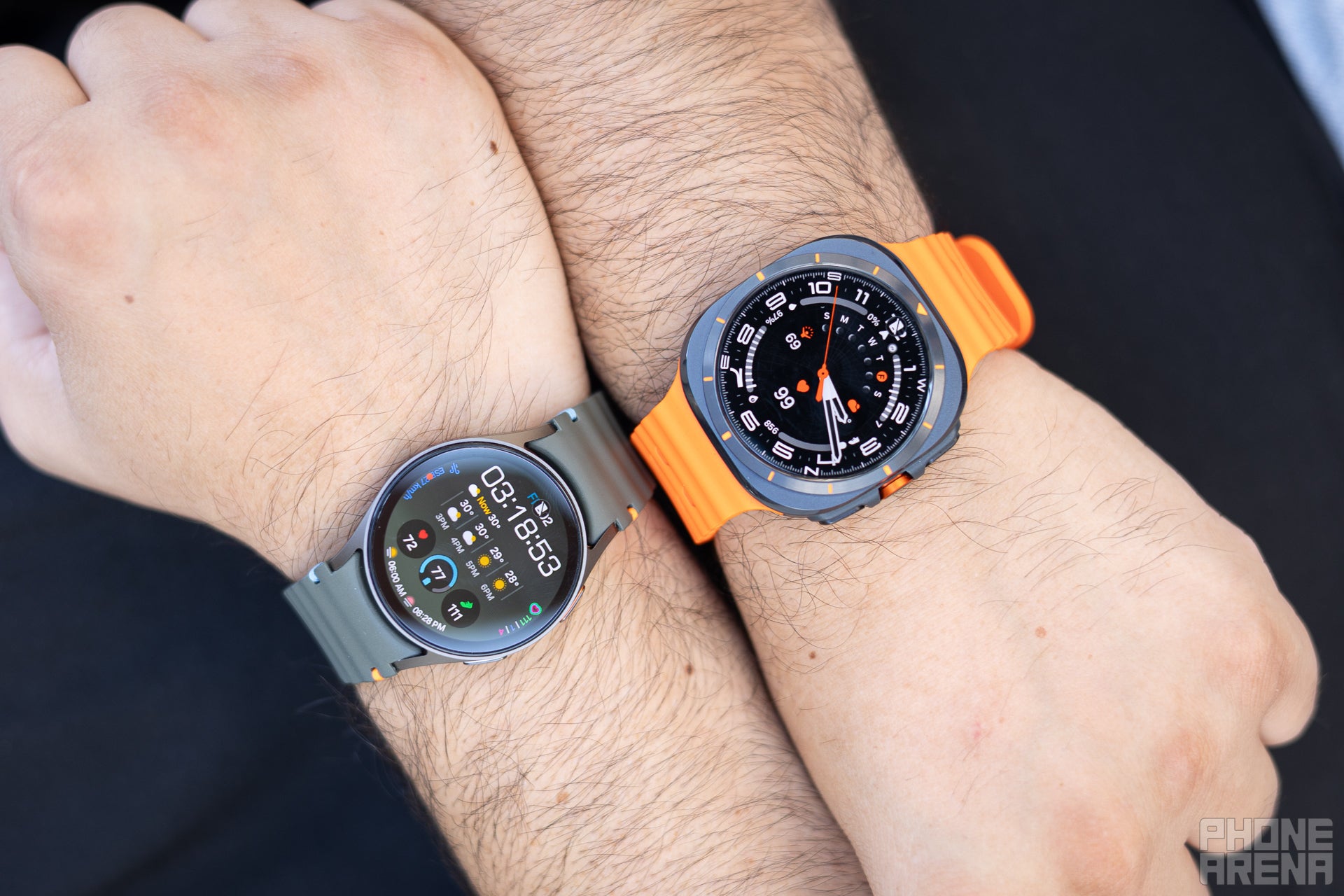
Rugged vs stylish (Image by PhoneArena)
The vanilla Galaxy Watch 7 is a much more straightforward sequel to the previous lineup, and it uses the same aluminum chassis as its predecessors, as well as the same size options—40mm and 44mm. The Galaxy Watch Ultra is available in just one size, 47mm, and it is much beefier and rugged (weighs over 60 grams), while the regular model is sleek and stylish (33.8g and 28.8g), both catering to different use cases.
The Watch Ultra is in its element when roaming the wild and dangerous abode of mountains, canyons, and even deserts, while city life in general is where the Galaxy Watch 7 feels most comfortable.
There's a difference in the hardware interface as well, so to speak. The Galaxy Watch Ultra has a brightly colored quick button and two regular buttons, while the regular model only gets two buttons. Gone is the physical rotating bezel that previous flagship Galaxy Watch models used to have, which is a bit sad to be honest. Had Samsung decided to keep it on the Watch Ultra, the unhealthy parallels with the Apple Watch Ultra would've been far fewer.
Both watches are plenty bright but Samsung cites 3,000 nits peak brightness for the Galaxy Watch Ultra, while the vanilla Galaxy Watch 7 can output 2,000. In real life, though, both are easy to read, even under direct sunlight. The Galaxy Watch Ultra also has a special night mode which turns the UI of the watch red, and it's a cool feature to have, but you can probably find a custom watch face that mimics the effect on the Galaxy Watch 7 too.
Bands
Advantage vanilla
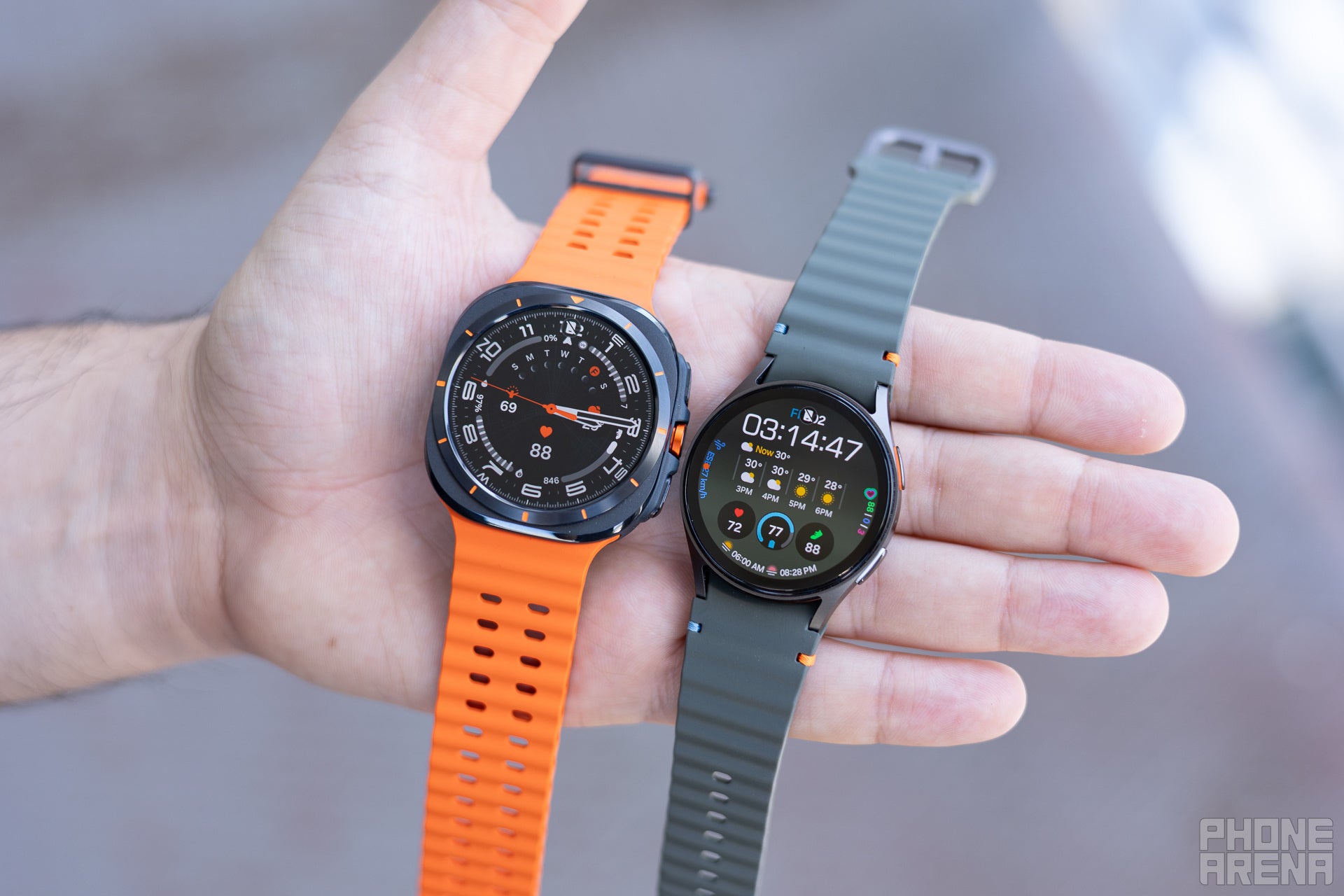
The regular Galaxy Watch 7 has the potential to accommodate more bands (Image by PhoneArena)
Samsung has used a slightly different approach for the Galaxy Watch Ultra in comparison to the vanilla model when it comes to bands. The regular Watch 7 uses the same one-click strap mechanism we know from its predecessor, and the band release button is placed on the band itself. When pressed, this button retracts the pins that hold the band to the lugs. This means you can use third-party bands on the Galaxy Watch 7, and most 20 mm and 22 mm quick release bands should fit, along with bands from previous generations of Galaxy Watches.
The Galaxy Watch Ultra has the release buttons on the watch, similar to the Apple Watch in that regard, and it uses proprietary bands. That being said, there's a healthy number of band options on Samsung.com, so this shouldn't be viewed as a major disadvantage.
The overall look of the regular Galaxy Watch 7 is much more classic with the lugs and how the bands attach to the body, while the Ultra looks contemporary and the band looks like a part of the watch. It's a matter of personal preference but we like the regular Watch 7 a bit more for its classic look and potential for interchangeable watch bands.
The Galaxy Watch Ultra has the release buttons on the watch, similar to the Apple Watch in that regard, and it uses proprietary bands. That being said, there's a healthy number of band options on Samsung.com, so this shouldn't be viewed as a major disadvantage.
The overall look of the regular Galaxy Watch 7 is much more classic with the lugs and how the bands attach to the body, while the Ultra looks contemporary and the band looks like a part of the watch. It's a matter of personal preference but we like the regular Watch 7 a bit more for its classic look and potential for interchangeable watch bands.
Software & Features
Wear OS 5 enters the stage
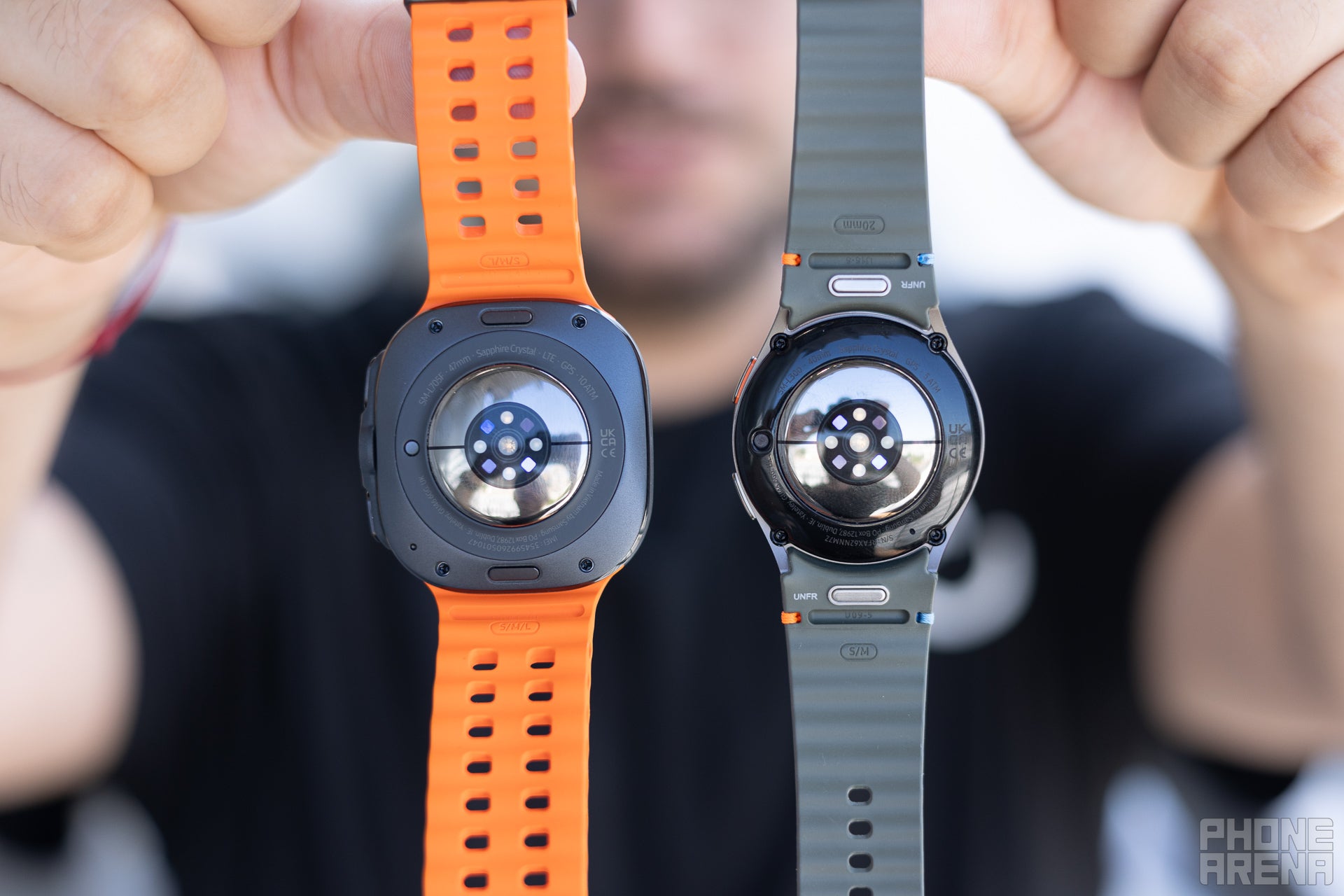
The Galaxy Watch Ultra has a couple of extras but overall these two are very close (Image by PhoneArena)
The Galaxy Watch 7 and Galaxy Watch Ultra are the first Android smartwatches to feature Wear OS 5, the most powerful version of Wear OS to date, and it's paired with Samsung's Exynos W1000, the first 3nm Exynos chip in a wearable. There's also a new BioActive Sensor system, encapsulating in itself a wide array of sensors (optical bio-signal sensor, electrical heart signal, and bioelectrical impedance analysis), alongside a temperature sensor, accelerometer, barometer, gyro sensor, geomagnetic sensor, and light sensor.
The Galaxy Watch Ultra and Watch 7 use this array of sensors to offer holistic health and fitness tracking. Both watches can track over 100 workouts and build routines by combining various exercises with the Workout Routine feature, and the Body composition reading is back with body mass index, fat percentage, muscle mass, etc.
There are some new features on the AI front, of course, helping to detect things such as Sleep apnea, low heart rates, and irregular heart rhythm. Both watches can measure blood pressure (only in certain markets that have certified the system), and there's a new AGEs Index tracking advanced glycation end products, basically showing you another diet and lifestyle tied to metabolic health.
You can also answer notifications and messages with AI-infused suggested replies, and there's a double-pinch gesture for easy hands-free navigation. Samsung Wallet works on both models, and you can pay seamlessly (if the service is available in your country, of course).
The Galaxy Watch Ultra comes with some additional features on top of everything written above. The Watch Ultra is made of grade 4 titanium and has a wider operating range, from 500 meters below sea level, up to 9000 meters above sea. Which means you can climb mount Everest with the watch (and the help of some Sherpas, of course).
There's a new Functional Threshold Power (FTP) for cycling, a multi-sport tile feature, and advanced personalized heart rate zones. In addition to all this, the Watch Ultra has a Quick Button that you can map different features to, an Emergency Siren, and Night Mode for those nighttime trekking sessions.
You can also answer notifications and messages with AI-infused suggested replies, and there's a double-pinch gesture for easy hands-free navigation. Samsung Wallet works on both models, and you can pay seamlessly (if the service is available in your country, of course).
The Galaxy Watch Ultra comes with some additional features on top of everything written above. The Watch Ultra is made of grade 4 titanium and has a wider operating range, from 500 meters below sea level, up to 9000 meters above sea. Which means you can climb mount Everest with the watch (and the help of some Sherpas, of course).
Battery and Charging
Can't outsmart physics
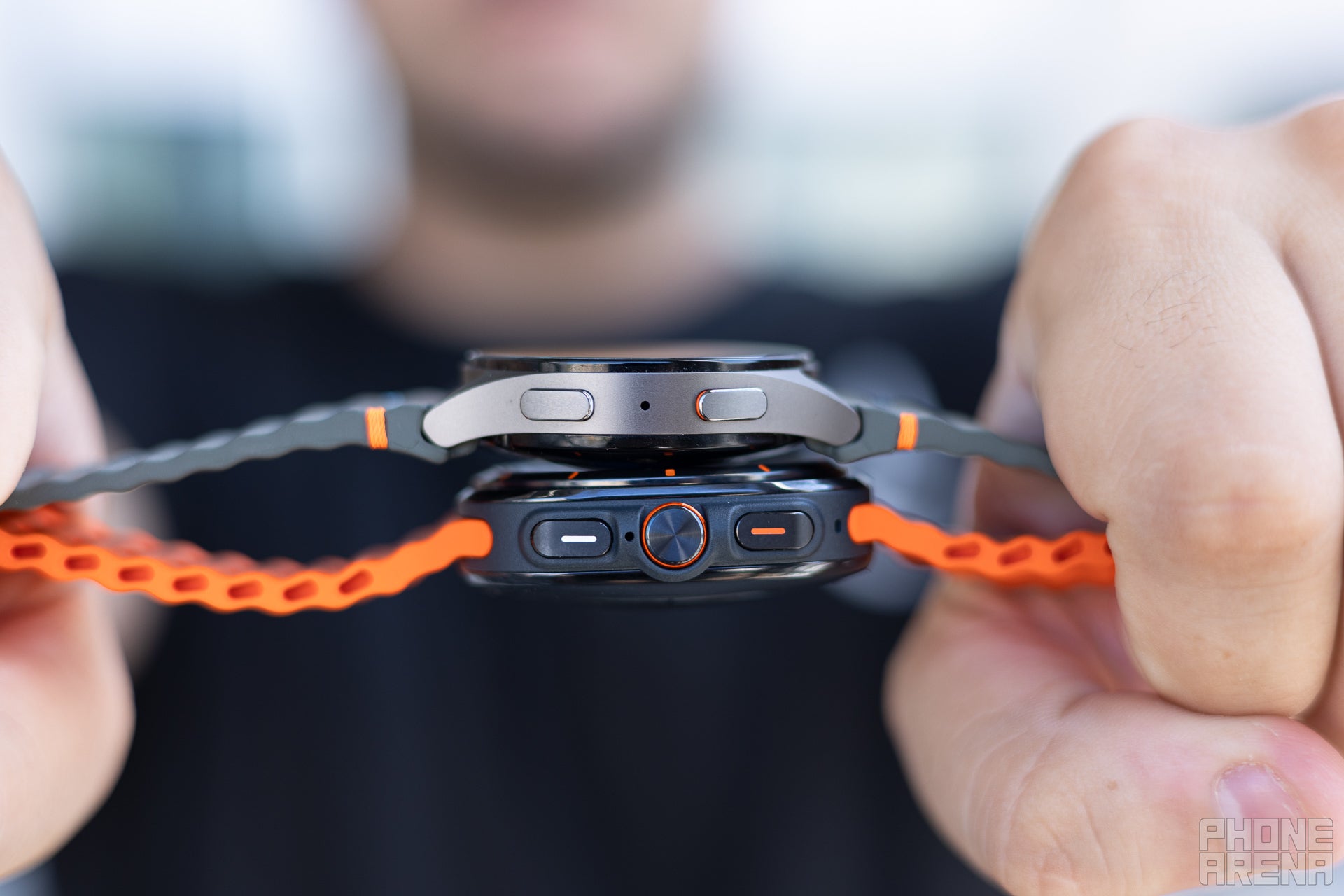
The Ultra is the clear winner here (Image by PhoneArena)
The regular Watch 7 comes with two different battery capacities, depending on the size. The smaller 40mm variant sports a 300mAh battery, while the 44mm Watch 7 has a 425mAh battery onboard. As it stands now, the Galaxy Watch Ultra has the upper hand when it comes to battery life, as it has a larger battery while relying on the same chipset and screen.
During our time with the Galaxy Watch Ultra we were able to extract two full days out (with some extra on top of that) off it with always-on activated all the time, and the heart rate sensor set to track constantly.
Moving to the Galaxy Watch 7, things aren't looking as good - we were able to get barely 24 hours on a single charge, which is disappointing. Some say there's a software bug that drains the battery and we'll see if a patch would fix that, but as it stands, the Galaxy Watch Ultra wins this round by a mile.
Both models support WPC wireless charging, which means that you should be able to charge these smartwatches from Qi-certified wireless systems and also with reverse charging from your Galaxy phone (other brands and models should work too).
Models and Prices
There are five models total, each of the Galaxy Watch 7 variants has a LTE or BT version, while the Galaxy Watch Ultra comes in only one LTE variant.
The lowest you can go is the 40mm Bluetooth Galaxy Watch 7, which is available for $299. The next step up will be the 44mm Bluetooth, which costs $329. Then we have the LTE variants of both sizes, respectively $349 and $379.
The Galaxy Watch Ultra has only one option, and it costs $649. So, if you don't plan to leave your phone at home and rely solely on your smartwatch, the Galaxy Watch 7 has more options and flexibility. You can save some cash by getting the BT version, which is not the case with the Galaxy Watch Ultra. Whether or not you need the LTE functionality, you're paying for it.
The Galaxy Watch Ultra has only one option, and it costs $649. So, if you don't plan to leave your phone at home and rely solely on your smartwatch, the Galaxy Watch 7 has more options and flexibility. You can save some cash by getting the BT version, which is not the case with the Galaxy Watch Ultra. Whether or not you need the LTE functionality, you're paying for it.
Voice Calls and Haptics
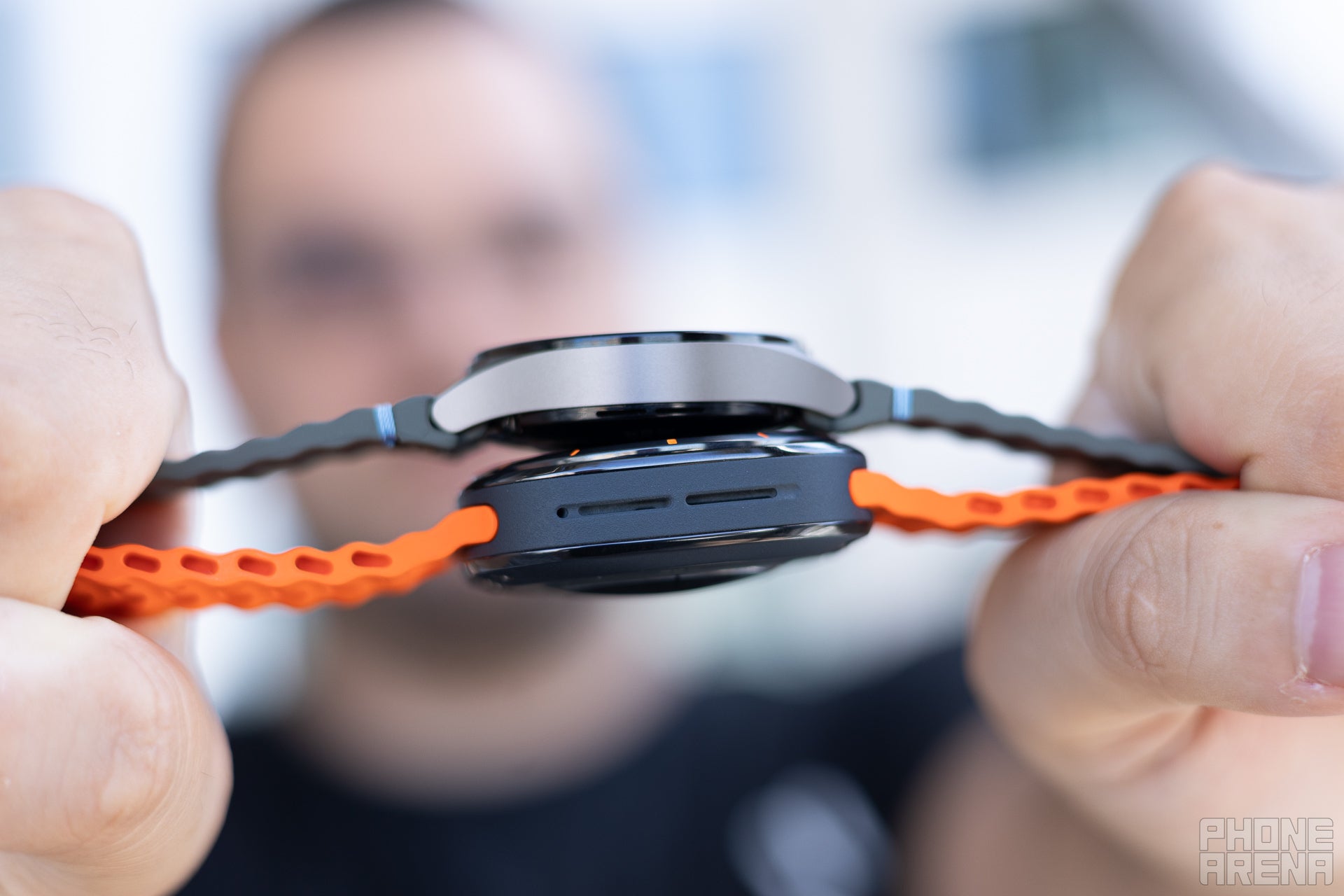
Big loudspeakers and decent mics in both of these (Image by PhoneArena)
In terms of haptics, Samsung watches have traditionally offered excellent feedback with precise and robust vibrations. This continues with the Galaxy Watch Ultra, which provides strong yet precise vibrations. Additionally, you can adjust the haptic strength to tailor your experience.
Specs
Here's a quick specs comparison for the number nerds out there.
| Specs | Galaxy Watch Ultra | Galaxy Watch 7 |
|---|---|---|
| Models (Size, Weight, Prices) | 47mm LTE, 60.5 grams | 40mm / 44mm, both in Bluetooth or LTE variants (28.8 grams, 33.8 grams) |
| Processor, RAM, Storage | Exynos W1000 (3nm), 2GB RAM/32GB storage | Exynos W1000 (3nm), 2GB RAM/32GB storage |
| Software | Wear OS 5 | Wear OS 5 |
| Battery and Charging | 590mAh, 24-hour battery life 48-hour with Exercise power saving 100-hour with Power saving Wireless charging | 300mAh / 425mAh 24-hour battery life Wireless charging |
| Sensors | Samsung BioActive Sensor (Optical Bio-signal sensor+ Electrical Heart Signal + Bioelectrical Impedance Analysis), Temperature Sensor, Accelerometer, Barometer, Gyro Sensor, Geomagnetic Sensor, Light Sensor | Samsung BioActive Sensor (Optical Bio-signal sensor+ Electrical Heart Signal + Bioelectrical Impedance Analysis), Temperature Sensor, Accelerometer, Barometer, Gyro Sensor, Geomagnetic Sensor, Light Sensor |
| New features | AI Suggested replies 100+ workout modes Night Mode Personalized HR Zone Emergency Siren Body Composition Sleep tracking AGEs Index tracking | AI Suggested replies 100+ workout modes Body Composition Sleep tracking AGEs Index tracking |
Summary
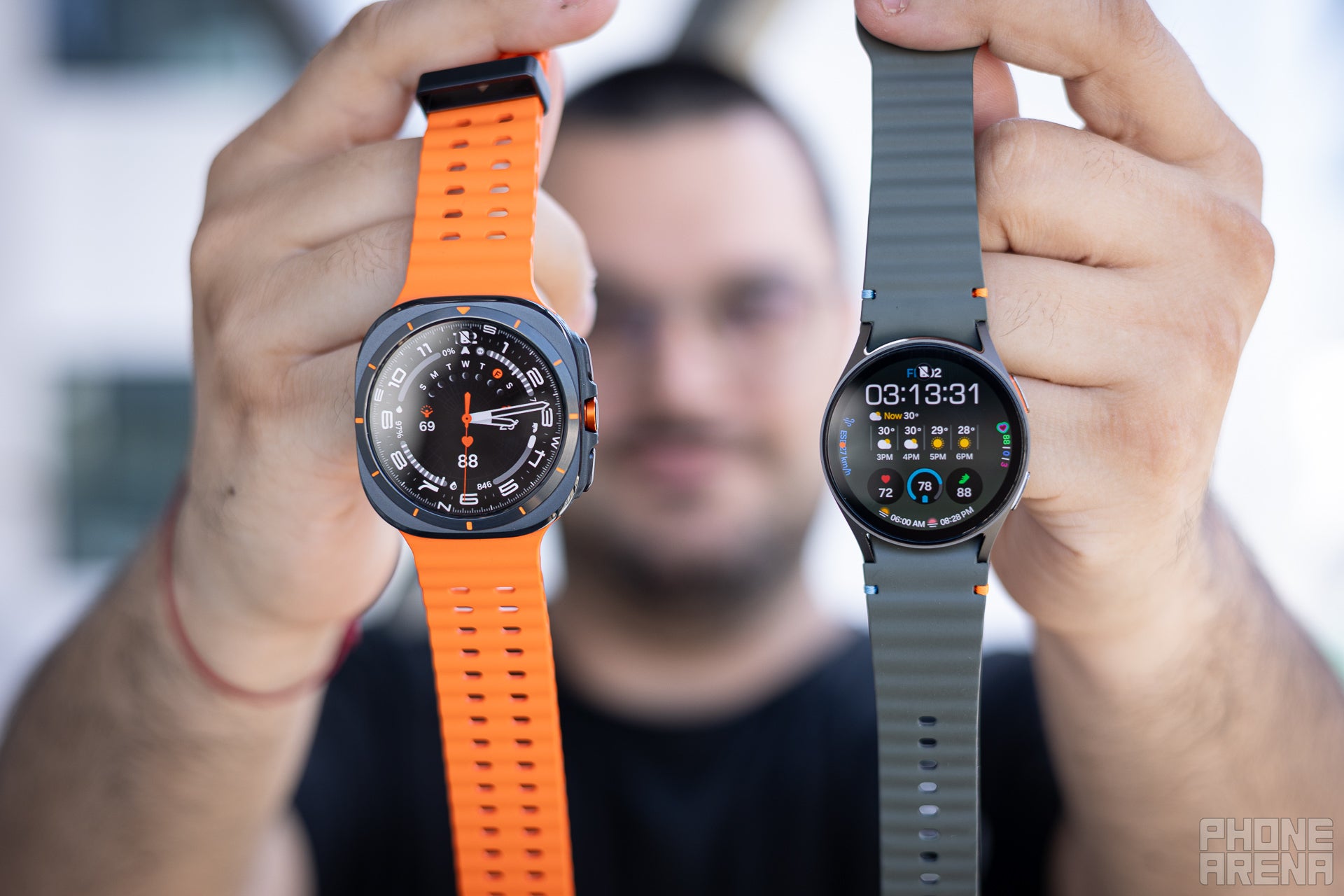
The regular Galaxy Watch 7 costs half the price of the Ultra (Image by PhoneArena)
The Galaxy Watch series has been evolving rapidly and sometimes even chaotically in the past couple of years. We saw Watch Active models, Classic models, and a Pro model as well. This year, Samsung has obviously decided to change things once again with the introduction of the Galaxy Watch Ultra.
Some might say that the company is reacting to the Apple Watch Ultra, and to some extent, this might hold some truth. Whatever the case, we now have a rugged and long-lasting Galaxy Watch, which is a good thing.
On the other hand, the regular Galaxy Watch 7 has most of the bells and whistles of the Ultra, and it's lighter, more stylish, and, last but not least - cheaper. We can see outdoor enthusiasts and active adventurers go for the Ultra, while for most people, the regular Watch 7 will be more than capable enough.
Some might say that the company is reacting to the Apple Watch Ultra, and to some extent, this might hold some truth. Whatever the case, we now have a rugged and long-lasting Galaxy Watch, which is a good thing.
On the other hand, the regular Galaxy Watch 7 has most of the bells and whistles of the Ultra, and it's lighter, more stylish, and, last but not least - cheaper. We can see outdoor enthusiasts and active adventurers go for the Ultra, while for most people, the regular Watch 7 will be more than capable enough.
For the regular Joe out there, though, the Galaxy Watch 7 is the better choice in terms of features-per-dollar. The watch is half the price of the Ultra, and will get you everything you need, barring the rugged casing and the larger battery. The Watch 7 also comes in two different sizes, and two different connectivity options, so there's added flexibility. And when you add the standard bands that you can slap on, it's a no-brainer even in 2025.

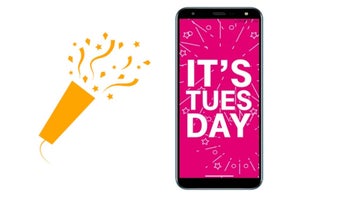






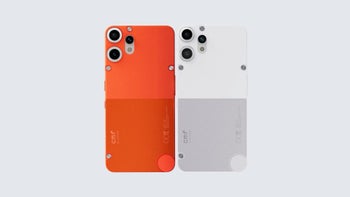
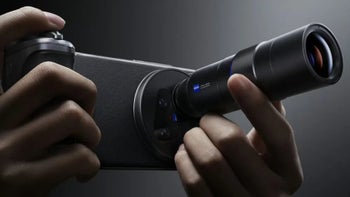
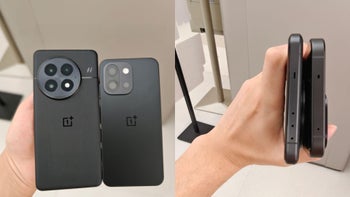
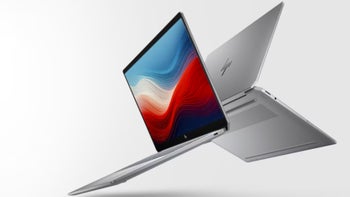






Things that are NOT allowed: